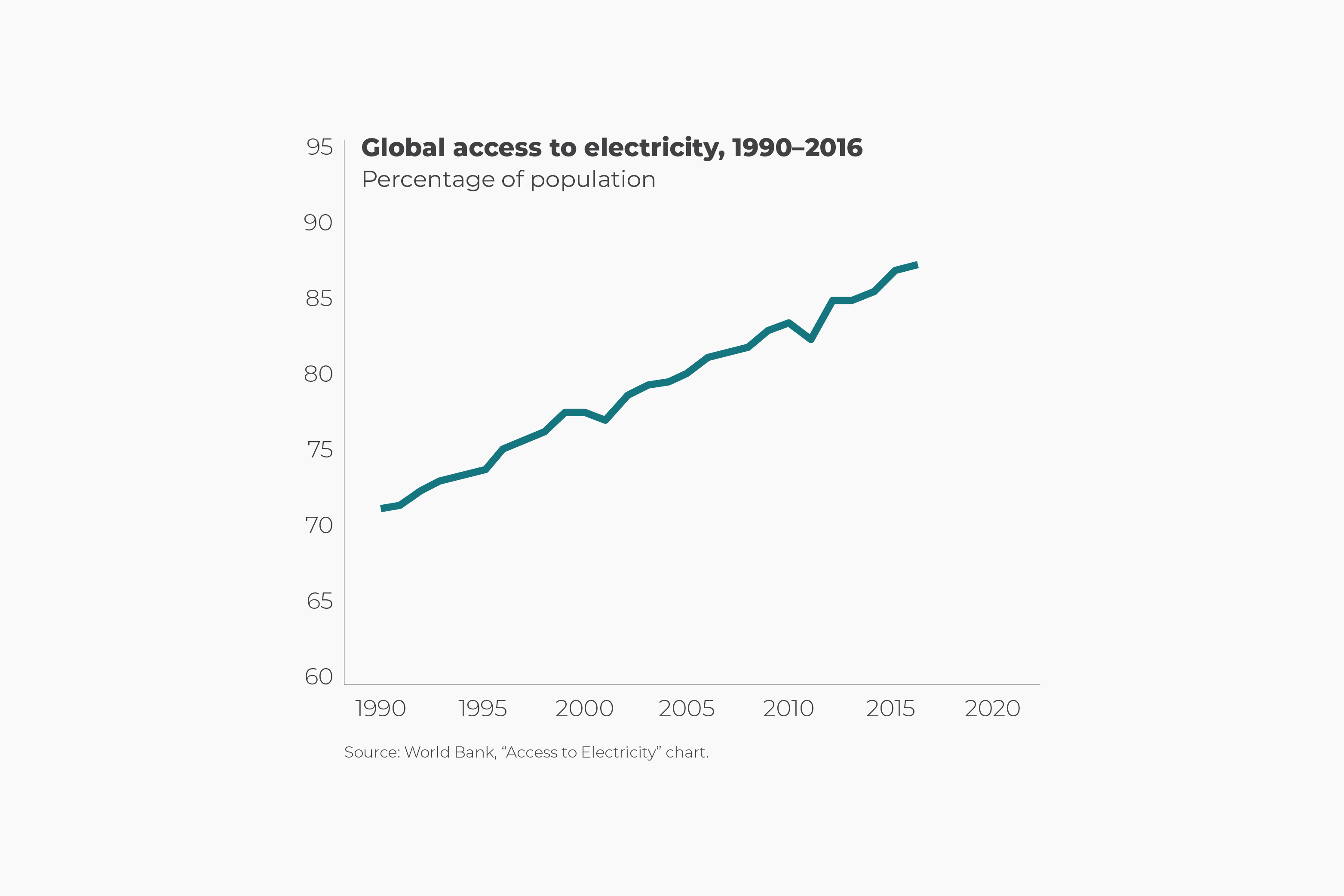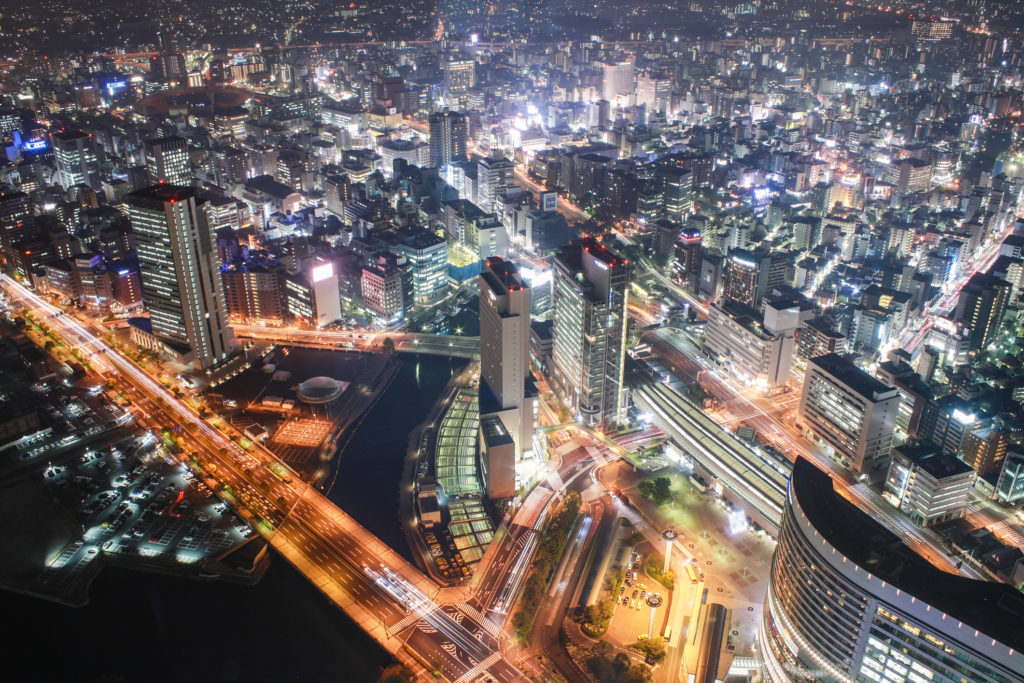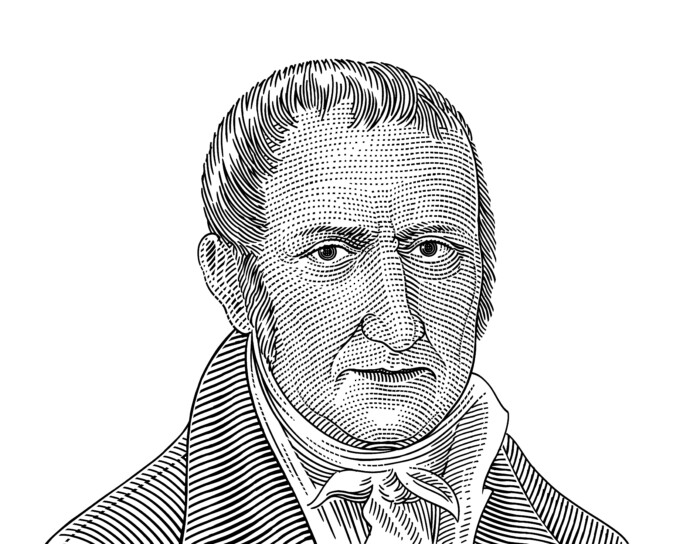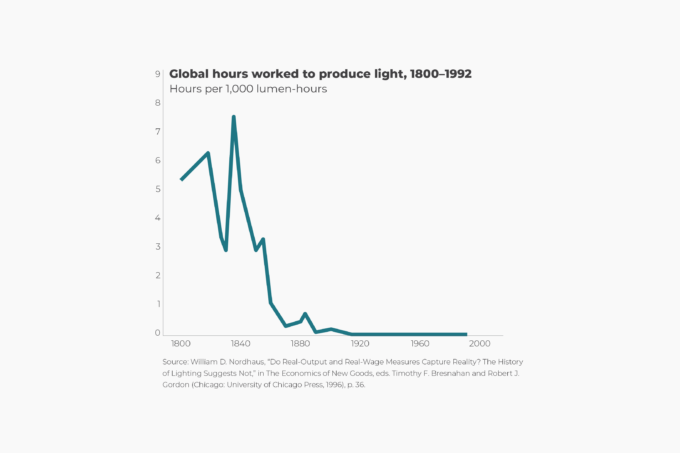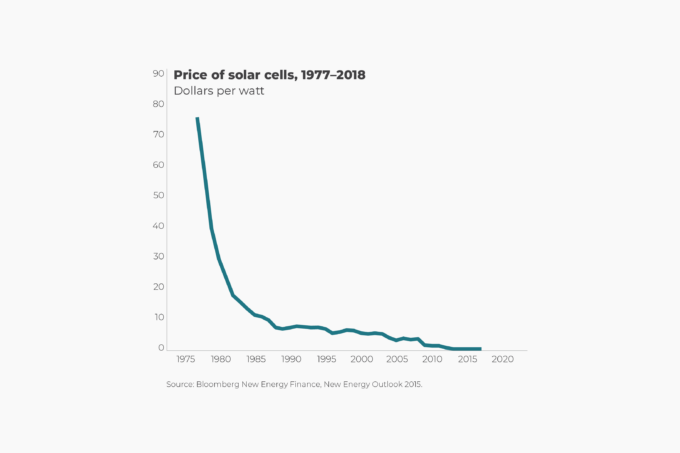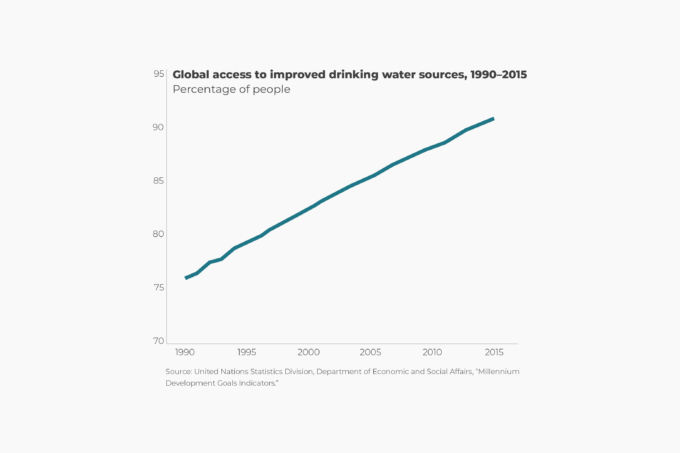“Access to electricity,” the International Energy Agency notes, “is particularly crucial to human development as electricity is, in practice, indispensable for certain basic activities, such as lighting, refrigeration and the running of household appliances, and cannot easily be replaced by other forms of energy.” Today, practically everyone in advanced economies has access to electricity, and the process of electrification—which combines generation, building of the electric power grid, and supply of electricity to commercial and private entities— continues in developing countries.
Between 1990 and 2016, the proportion of the world’s population with access to electricity rose from 71 percent to 87 percent. That’s a 23 percent improvement. In South Asia, it rose from 41 percent to 86 percent. That amounts to an increase of 110 percent. In Latin America and the Caribbean, East Asia and the Pacific, and Middle East and North Africa regions, access to electricity increased from between 84 percent and 86 percent in 1990 to between 96 percent and 98 percent in 2016. Sub-Saharan Africa saw the greatest growth in access to electricity. The rise from 16 percent to 43 percent represents an astonishing improvement of 169 percent.
As the International Energy Agency notes in its report Energy Access Outlook 2017: “The number of people without access to electricity fell to 1.1 billion in 2016 from 1.7 billion in 2000. It is on track to decline to 674 million by 2030. Since 2012, more than 100 million people per year have gained electricity access, an acceleration from the rate of 62 million people per year seen between 2000 and 2012.” In the meantime, the process of electrification in Sub-Saharan Africa has outpaced that region’s rapid population growth in 2014. That means that the number of Africans without access to electricity has finally started to decline.

